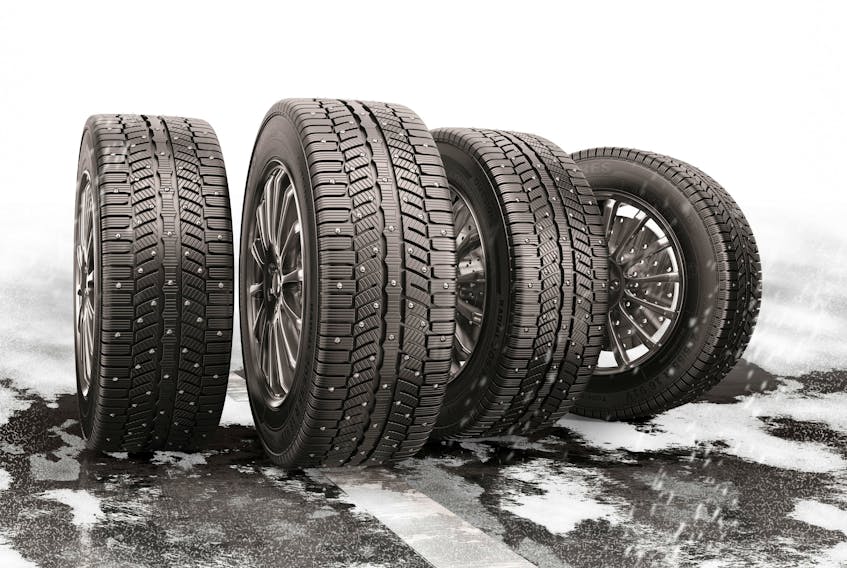A few weeks back, I shared some thoughts with you about winter tires, specifically centering around information I hoped that first-time winter-tire shoppers would find helpful.
The information in that story came from many years and miles of real-world winter vehicle testing, with weekly drives conducted on hundreds of vehicles, using dozens of different winter tires, through and about Northern Ontario.
But as several readers contacted me to point out, I didn’t offer any comments on studded tires. Today, I will.
I have limited real-world experience with studded winter tires.
Partly, that’s because manufacturers don’t equip studs to the winter tires on their testers. I assume this is to give the reviewer a more positive experience, free of the potentially increased sound that can result from running a set of studs. And partly, it’s because I choose not to run studs on my own personal vehicles in winter.
That decision comes from my experience in testing studded winter tires on numerous occasions, in an instrumented, closed-course setting.
I learned two important things along the way.
First? Ratings, reviews and test results tell only a partial story. Even if every vehicle on the road were identical, and rolling on identical winter tires, even miniscule variances in the surface of the road would play into the results.
Often, instrumented tests report an average stopping distance after a professional driver makes numerous passes in each direction. This helps smooth out any variances, and those variances can be curiously large, even on identical-looking test passes.
So, you may read a review showing a superior test-score with studs installed, but that score only reflects one very narrow set of specific conditions. Your results will vary and may not be as good as you think during each and every stop you try to make on snow or ice.
To put it simply, studs can improve your grip, but they can’t work miracles. This ties into the second thing I learned: that the improvement from studded tires is negligible in most of the driving conditions I’m familiar with.
On no fewer than three occasions after back-to-back testing of studded winter tires against their non-studded counterparts, I only noted a major improvement in one specific scenario that I rarely encounter: stopping on glare ice.
Remember: This is using one type of studded winter tire, on one type of vehicle, in one very specific set of conditions. Beyond an obvious advantage on glare ice, I noted a touch more bite in certain specific situations — and a lot more noise when driving on bare pavement.
I recall one exercise (stopping from 70 km/h in a Ford Escape on winter tires, repeating with an identical unit on studded winter tires), that even showed nearly-identical stopping distances between studded and non-studded tires on hard-packed snow.
Again, your results will vary. And if you’re considering giving studs a try regardless, go for it.
Maybe you’ll be hooked for life, even if I wasn’t.
RELATED:









